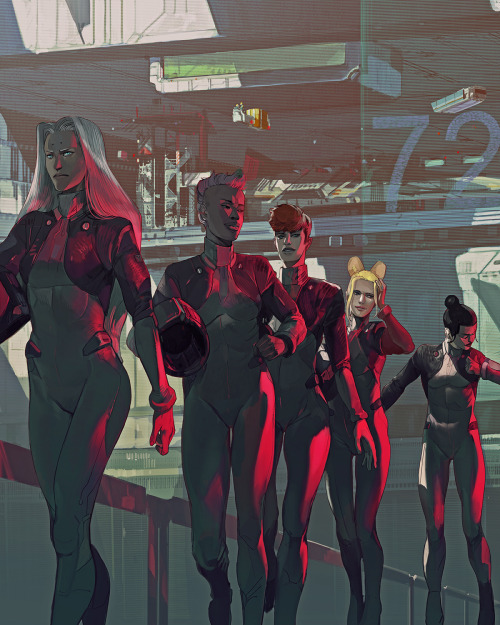#space flight


SpaceX Crew Dragon successfullly completing an In-Flight Abort test, 19th Jan 2020.

Northrop Grumman’s Cygnus space freighter berthed to the International Space Station, backdropped by Earth and the station’s solar arrays. ✨
SpaceX Crew Dragon In-Flight Abort.

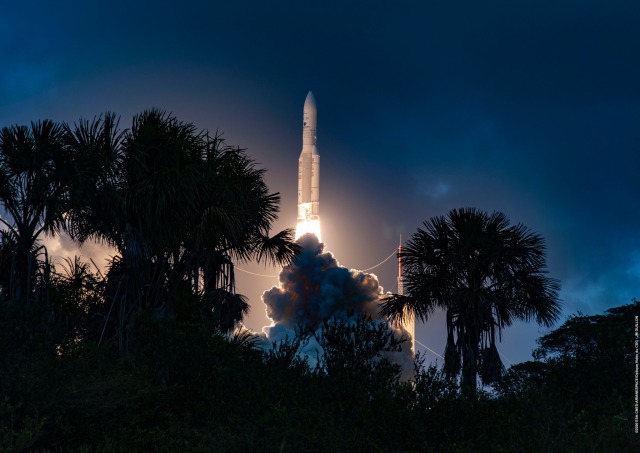
Ariane 5 VA251 carrying the First Spacebus NEO Satellite.
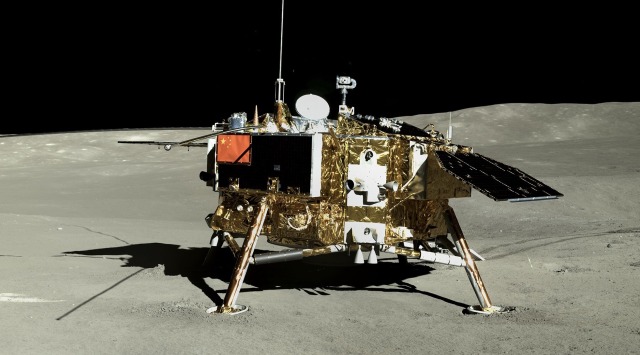

The Chang’e 4 lander on the surface of the Moon.

The International Space Station backdropped by Earth’s horizon, taken from inside Shuttle Endeavour STS-130 during rendezvous, Feb 2010. ✨
Merry Christmas Star Sailors

Astronauts on a cloudy day. Alan Bean, Pete Conrad & Richard Gordon hop out of the shuttle bus & step towards the 363-foot tall Saturn V rocket in preparation for Apollo 12, Nov 1969. Conrad & Bean spent 31 hours on the lunar surface while Gordon orbited 45 times above in the Command Module. The spacecraft was nearly identical to that of Apollo 11 with the exception being that hammocks were added to the Lunar Module so that Bean & Conrad could rest more comfortably when not out moonwalking. The mission lasted a total of 10 days & 4 hours.

A relaxed astronaut. Stuart Roosa takes a moment during preparations for Apollo 14, Jan 1971. Mr. Roosa flew ‘Kitty Hawk’, the Command Module for the mission & orbited the moon 34 times as crew mates Edgar Mitchell & Alan Shephard walked on the moon. Roosa was 1 of 19 astronauts chosen in Group 5 by NASA in 1966. Following A14, he served as backup Command Module Pilot for Apollo 16 & 17.

We have lift off! Frank Borman & James Lovell blast off for their rookie spaceflight in Gemini 7, Dec 1965. The pair orbited Earth 206 times during their 14 days in space in their tiny Gemini capsule. It was the world’s longest spaceflight until Jun 1970 when Soyuz 9 broke it. G7 also achieved the first rendezvous between 2 spacecraft as Gemini 6A with Wally Schirra &
Tom Stafford came within 1 foot of G7 & could have docked had the crafts been equipped to do so. Ed White & Michael Collins served as backup for G7.

Where’s my drill? Astronaut David Scott retrieves a drill off the lunar surface during Apollo 15, Aug 1971. The mission was the first with the LRV (lunar rover vehicle). Mr. Scott was the 7th to walk on the moon & first to drive when he got behind the wheel of the LRV. He wa chosen in the 3rd Group of astronauts in 1963 & flew with Neil Armstrong on the historic & perilous Gemini 8 mission of 1966. He also flew on the 10-day Apollo 9 flight in 1969. David walked on the moon with James Irwin on A15 while Al Worden orbited above in the Command Module. The pair spent 18.5 hours on EVAs while on the moon’s surface & brought back 170lbs of moon rocks home.
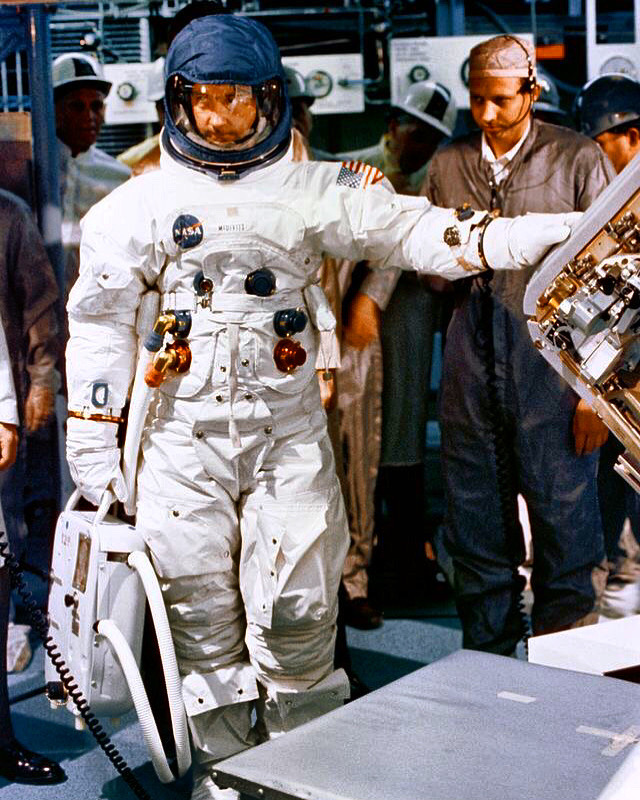
Standing by. Astronaut James McDivitt readies for training during preparation for Apollo 9. Mr. McDivitt first flew on Gemini 4 with Ed White on a historic space flight in which White became the first American to space walk. Apollo 9 was a 10-day flight which McDivitt commanded and the first to employ the full Apollo spacecraft (the Lunar Module & Command & Service Modules). A9 was also the 2nd crewed flight with the Saturn V rocket. McDivitt was part of the Group 2 of astronauts selected in 1962.

Have camera, will travel. Apollo 12 astronaut Alan Bean does some work with the Hasselblad camera in preparation for the 2nd mission to land on the moon. Mr. Bean, chosen in the 3rd Group of astronauts by NASA in 1963, became the 4th person to walk on the moon during the Nov 1969 mission. He was 37 years old at the time. 4 years after A12, he flew on Skylab 3 in July 1973 on a mission which lasted 59 days. Also an accomplished painter, Bean created space-themed paintings of his adventures & of his fellow astronauts.

Currently seated, soon to fly. Pete Conrad & Richard Gordon take a load off their feet prior to their near 3-day Gemini 11 mission, Sept 1966. The pair performed the 1st ever direct-ascent rendezvous with an AGT (Agena Target Vehicle) as they docked with it just 94 minutes after launch (& during the 1st orbit). Gordon also performed a pair of EVAs on the mission for a total of 2 hours & 41 min. The duo went on to fly to the moon together during Apollo 12 in Nov 1969. Conrad became the 3rd human to walk on the lunar surface on the mission while Gordon orbited above in the Command Module. A historic pair of astronauts.

Relaxing after the mission. Astronaut John Glenn kicks back following his historic Project Mercury flight to become the 1st American to orbit the globe. His 5 hour flight in Feb ‘62 orbited Earth 3x before splashdown. Russian cosmonaut Yuri Gagarin was both the 1st human in space & to orbit the globe in his Vostok craft in April ‘61. Glenn continued his NASA career to accomplish the formidable feat of being the oldest in space, at that time, at 77 years of age during a Space Shuttle Discovery flight in 1995; a true space pioneer & legend.

Some space age reading material. A brilliant & colourful cover depicting the passion of the space race between the USA & USSR courtesy Time Magazine, Dec 6, 1968. Later that month, NASA would win the race to a crewed lunar orbit via Apollo 8 & astronauts James Lovell, Frank Borman & William Anders. Such an exciting decade of historic firsts.

Dynamic duo. Astronauts John Young & Gus Grissom stand by ‘Molly Brown’, their Gemini 3 capsule aboard the USS Intrepid following their successful flight. The March 1963 mission completed 3 orbits about Earth & was the first duo space flight by NASA & first crewed flight of Project Gemini. The flight lasted 4 hours & 52 minutes. Backup crew for the mission were Wally Schirra & Tom Stafford. The original crew were to be Alan Shepard & Stafford until an inner ear disorder grounded Shepard. He’d have to wait until Apollo 14 when he got to walk on the moon at 47 years of age. Something nice to look forward to.
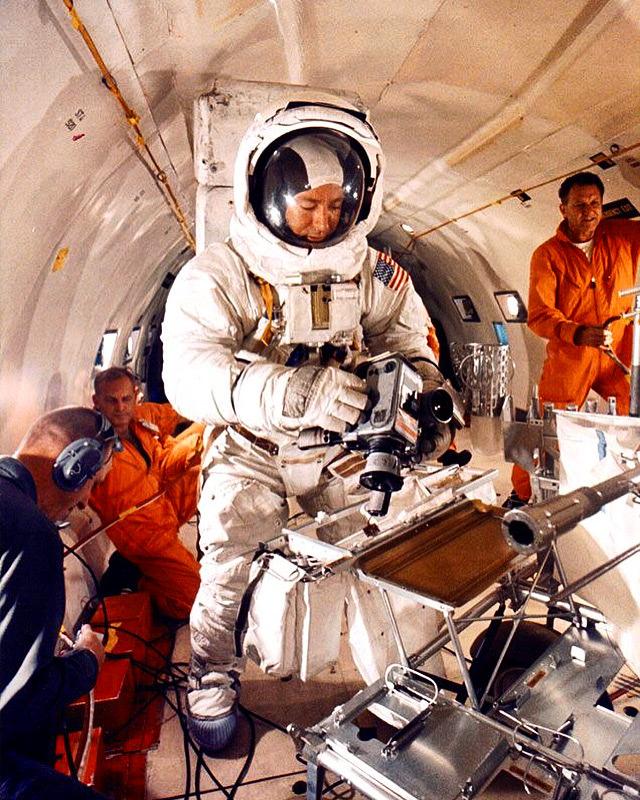
Edgar Mitchell has the @hasselblad camera in hand during zero gravity training in preparation for Apollo 14. Mitchell served as Lunar Module Pilot on the mission with Commander Alan Shepard & Command Module Pilot Stuart Roosa & became the 6th human to walk on the moon. Mitchell graduated in the 5th Group of astronauts in 1966 & served as support crew for Apollo 9 & backup LMP for A10. The Apollo 14 crew was to fly the Apollo 13 mission, but additional time was needed for Shepard to train as he was recovering from Ménière’s Disease. Mitchell later served as backup LMP for Apollo 16. A space legend of the early 1970s.

